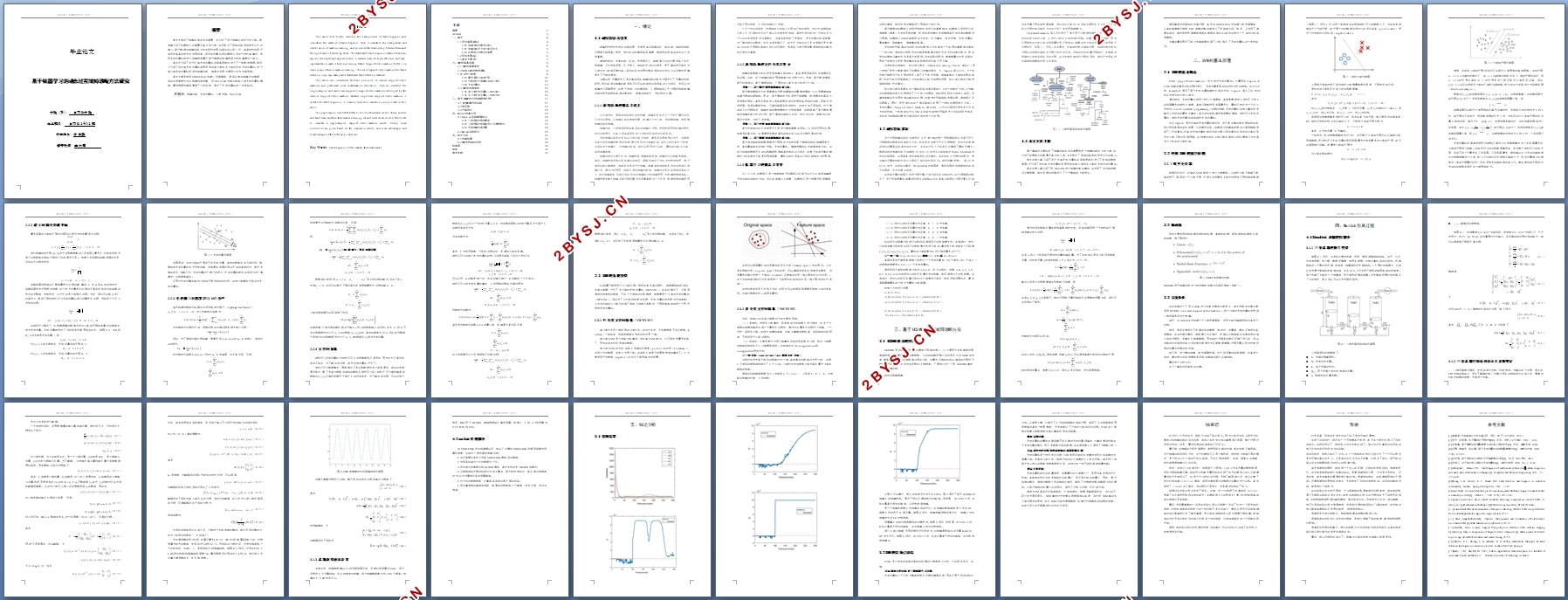基于机器学习的动态过程故障诊断方法研究
无需注册登录,支付后按照提示操作即可获取该资料.
基于机器学习的动态过程故障诊断方法研究(任务书,开题报告,外文翻译,论文12300字)
摘要
本文先简述了故障诊断的有关背景,并介绍了进行故障诊断的方法分类。紧接着介绍了机器学习的背景及其方法分类,并且指出了两者的联系和研究它们的意义。基于数据的故障诊断方法在现代发展迅猛并且应用广泛,其高效性和易于实现使其具有很大的发展前途。而支持向量机是机器学习中的一种经典算法,利用支持向量机来进行故障检测属于基于数据的故障检测方法中重要的一部分。
本文还介绍了关于经典支持向量机的基本原理并进行了一些数学推导。然后又介绍了由经典支持向量机发展而来的单分类和多分类的支持支持向量机。由于单分类支持向量机很适合故障诊断,故本文后面主要用它作为仿真原理。
本文主要是利用SIMULINK搭建三水箱模型,得到正常与故障时的数据,再将这些数据作为训练集和测试集,用MATLAB仿真训练单分类支持向量机模型。最后根据仿真结果做了一些总结,指出了支持向量机的一些优缺点。
关键词:故障诊断;支持向量机;三容水箱;MATLAB
Abstract
This article first briefly describes the background of fault diagnosis and introduces the method of fault diagnosis. Then it introduces the background and classification of machine learning, and points out the relationship between them and the significance of studying them. The data-based fault diagnosis method has been rapidly developed and applied widely in modern times. Its high efficiency and easy implementation make it have a promising future. Support vector machine (SVM) is a classical algorithm in machine learning. The use of support vector machines for fault detection is an important part of data-based fault detection methods.
This article also introduced the basic principles of classical support vector machines and performed some mathematical derivation. Then we introduce the single-category and multi-class supportive support vector machines developed by the classical support vector machine. Because single-class support vector machine is suitable for fault diagnosis, it is mainly used as a simulation principle later in this article.
This paper mainly uses SIMULINK to build a three-tank model, obtain normal and fault data, and then these data as a training set and a test set are usedin MATLAB to simulate a single-category support vector machine model. Finally, some conclusions are given based on the simulation results, and some advantages and disadvantages of the SVM are pointed out.
Key Words:Fault diagnosis, SVM, matlab, three water tanks

摘要 2
Abstract 3
一、绪论 4
1.1研究背景及意义 4
1.1.1故障诊断的概念及意义 4
1.1.2故障诊断的方法分类及特点 5
1.1.3机器学习的概念及背景 5
1.2研究发展状况 6
1.3本文主要工作 7
二、SVM的基本原理 8
2.1 SVM的基本概念 8
2.2经典 SVM的数学原理 8
2.2.1线性分类器 8
2.2.2最大间隔分类超平面 11
2.2.3拉格朗日对偶算法与KKT条件 12
2.2.4支持向量机 13
2.3 SVM的各种类型 15
2.3.1单分类支持向量机(OCSVM) 15
2.3.2多分类支持向量机(MCSVM) 16
三、基于OCSVM的过程故障诊断方法 17
3.1 OCSVM算法的实现 17
3.2核函数 19
3.3方案设计 19
四、Matlab仿真过程 20
4.1Simulink水箱建模部分 20
4.1.1三容水箱的数学模型 20
4.1.2三容水箱控制结构设计及参数整定 21
4.1.3水箱故障仿真设置 24
4.2matlab实现部分 25
五、结论分析 26
5.1仿真结果 26
5.2SVM的优缺点总结 28
结束语 30
致谢 31
参考文献 32
